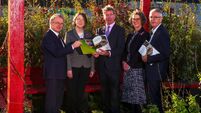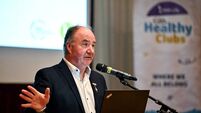Extend grazing season to boost profits
Agriculture is the largest contributor to greenhouse gas (GHG) emissions in Ireland and the Irish beef sector is a significant component of this — but has the fifth lowest carbon footprint per kg of beef in the EU, so Irish beef production is among the most carbon efficient in the world.
Reduce emissions and boost profit by extending the grazing season; improving lifetime live weight performance; higher calving rates; calving cows younger; using nitrogen more efficiently; and managing manure better.
GHG emissions can be reduced 5.5% by extending the grazing season from Apr 1-Oct 15 to Mar 15-Nov 30. The benefits come through reduced slurry storage, lower ruminant digestion emissions (due to higher digestibility of the diet; and lower energy (fuel) emissions.
Improved live weight performance over the life time is associated with higher intake and higher emissions — but the increased beef output more than offsets these emissions per kg of beef.
The suckler cow is a significant “overhead” in beef farming — regardless of her calving rate. But the emissions burden per kg of beef produced can be reduced by achieving a higher calving rate. Her age at first calving also determines her life time emissions; the recommended target for first calving is 24 months of age.
Nitrogen accounts for 15% to 20% of total emissions per unit of beef output. Better nitrogen use efficiency, and incorporation of clover into grazing swards can reduce emissions. Manure management accounts for 10% to 15% of emissions per unit output. Better management of application dates, methods and volumes managed can reduce this.










